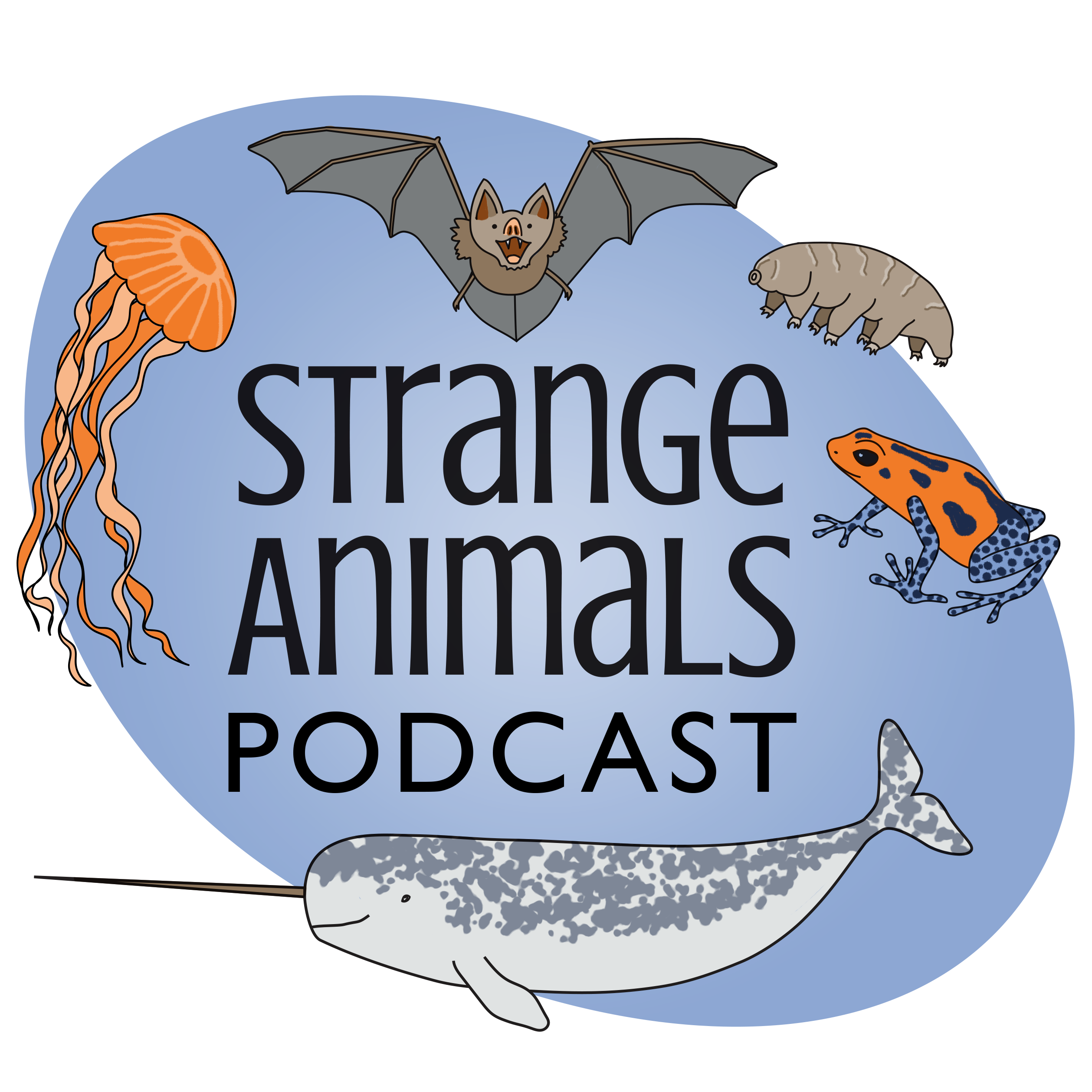Episode 395: Crinoids and Urchins

Thanks to Sy and Finn for their suggestions this week!
\n
\nFurther reading:
\n
\nCreeping Crinoids! Sea Lilies Crawl to Escape Predators, New Video Shows
\n
\nNew and Unusual Crinoid Discovered
\n
\nSea otters maintain remnants of healthy kelp forest amid sea urchin barrens
\n
\nSea urchins see with their feet
\n
\nA sea lily [photo from this page]:
\n
\n
\n
\nA feather star [still from a video posted on this page]:
\n
\n
\n
\nPurple urchins [photo by James Maughn]:
\n
\n
\n
\nShow transcript:
\nWelcome to Strange Animals Podcast. I\u2019m your host, Kate Shaw.
\nThis week as we bring invertebrate August to a close, we\u2019re going to cover some animals suggested by Finn and Sy.
\nWe\u2019ll start with Sy\u2019s suggestion, crinoids, also called feather stars or sea lilies depending on what body plan a particular species has. We talked about them in episode 79 but it\u2019s definitely time to revisit them.
\nCrinoids are echinoderms, a really old phylum of animals. Fossils of ancient echinoderms date back to the Cambrian half a billion years ago and they\u2019re still incredibly common throughout the world\u2019s oceans.
\nAncient crinoids had five arms the way many starfish do, which makes sense because crinoids are related to starfish. At some point each arm developed into two, so many crinoids have ten arms or even more, and many have arms that branch. The arms are used for feeding and have feathery appendages lined with sticky mucus that traps tiny bits of food floating in the water.
\nThere are two big divisions of crinoids today, the feather stars and the sea lilies. Feather stars are more common and can swim around as adults if they want to, although most stick to crawling along the sea floor. They swim by waving their feathery arms. Sea lilies look like flowers as adults, with a slender stem-like structure with the small body and long feathery arms at the top. I specify that sea lilies have stems as adults because a lot of feather stars also have stems as juveniles, but when they reach maturity they become free-swimming.
\nEven though the sea lily looks like a plant, and some species even have root-like filaments that help it anchor itself to the sea floor or to rocks, it\u2019s still an animal. For one thing, it can uproot itself and move to a better location if it wants to, crawling with its arms and pulling its stem behind it, which is not something a plant can do except in cartoons. If a predator attacks it, the sea lily will even shed its stem completely so it can crawl away much faster. Since echinoderms in general are really good at regenerating parts of the body, losing its stem isn\u2019t a big deal.
\nThe biggest sea lilies today are deep-sea species, but even they only grow a stem up to about three feet long at most, or about a meter. This wasn\u2019t the case in the ancient past, though. The longest crinoid stem fossil ever discovered was 130 feet long, or 40 meters.
\nCrinoids filter food particles from the water that flows through the feathery arms. Even though they look like feathers or petals, a crinoid\u2019s arms are actually arms. They have tiny tube feet on them that act sort of like fingers to help the crinoid hold onto pieces of food, and to do a better job of holding the food,